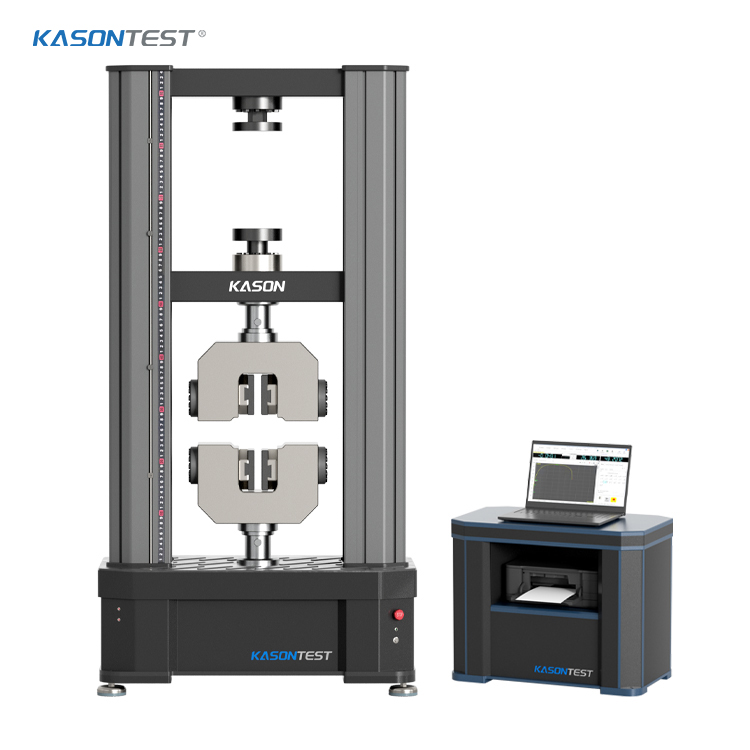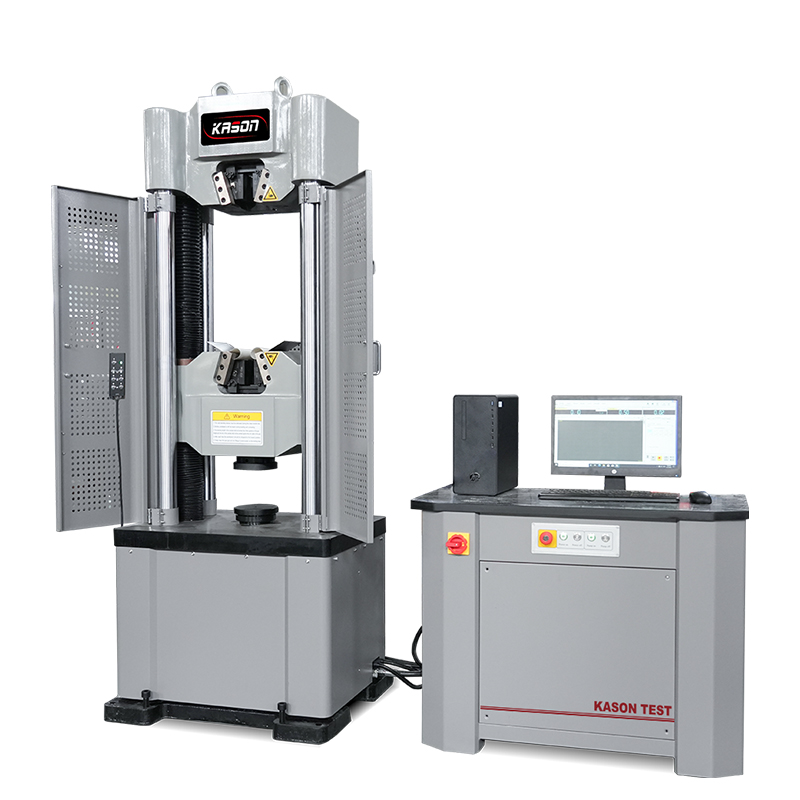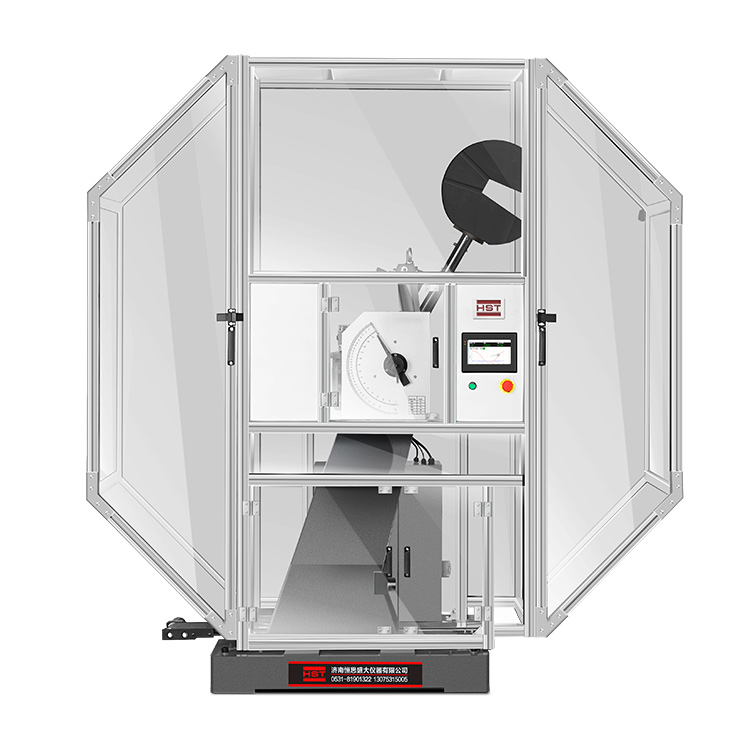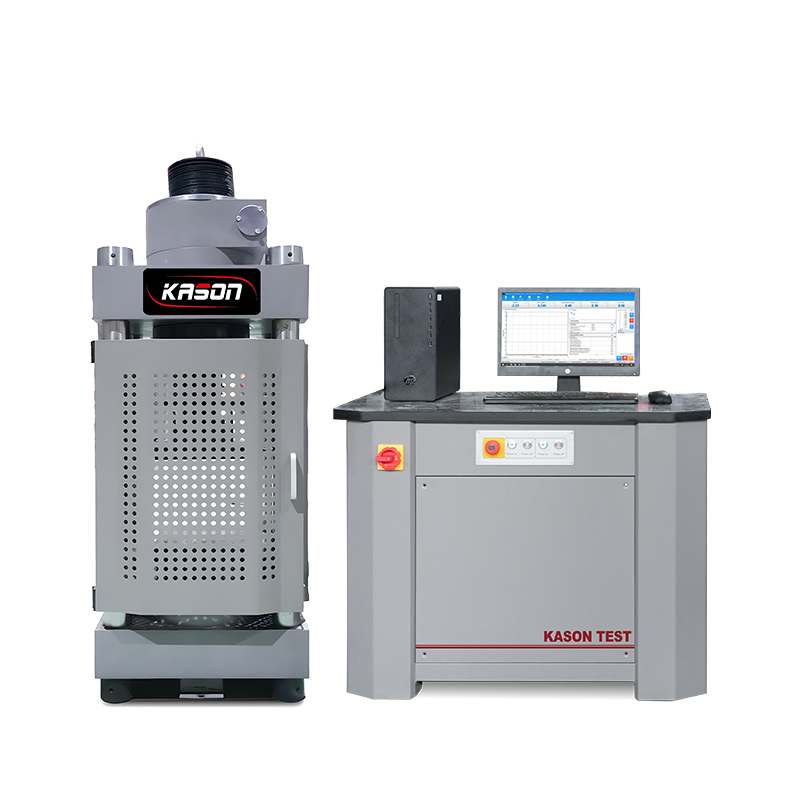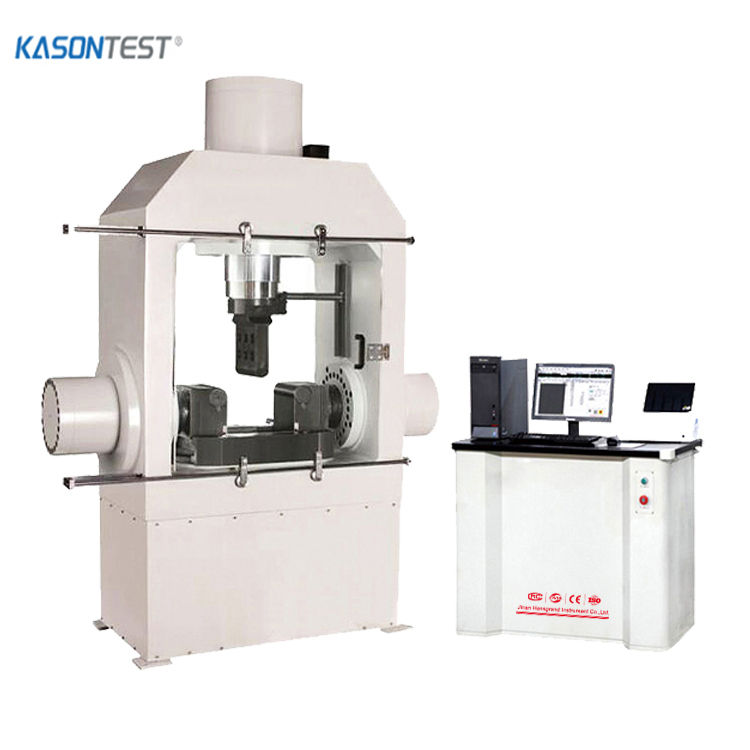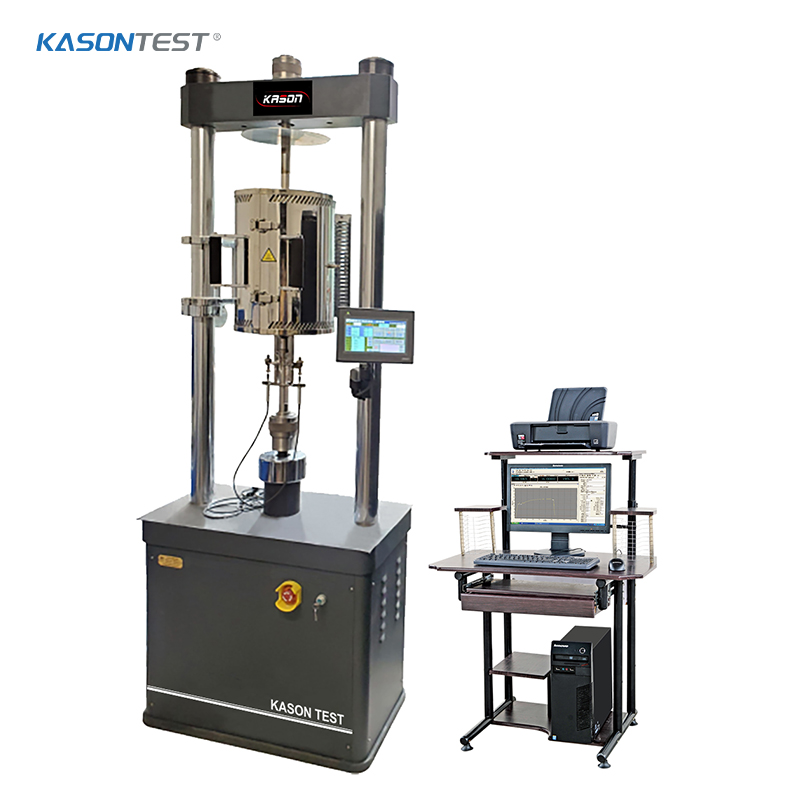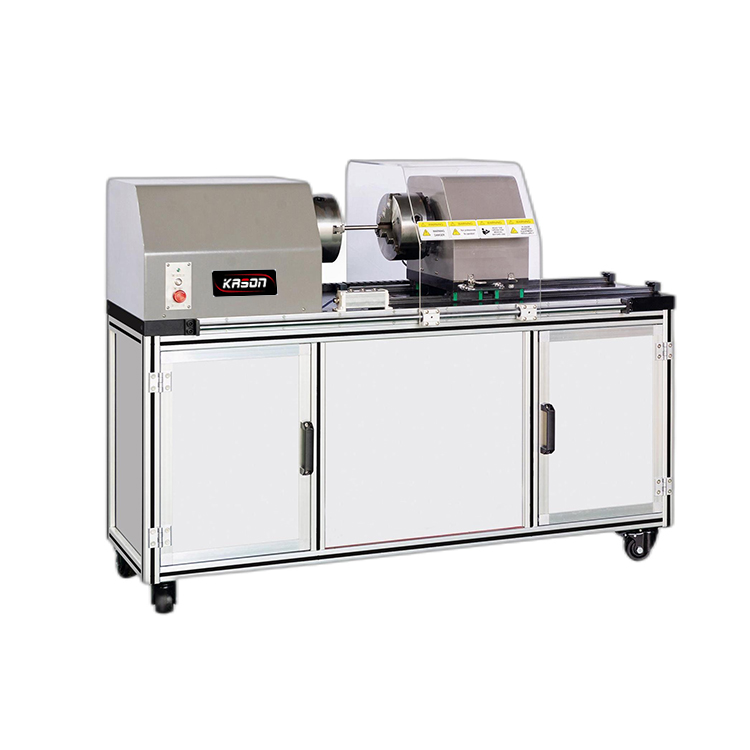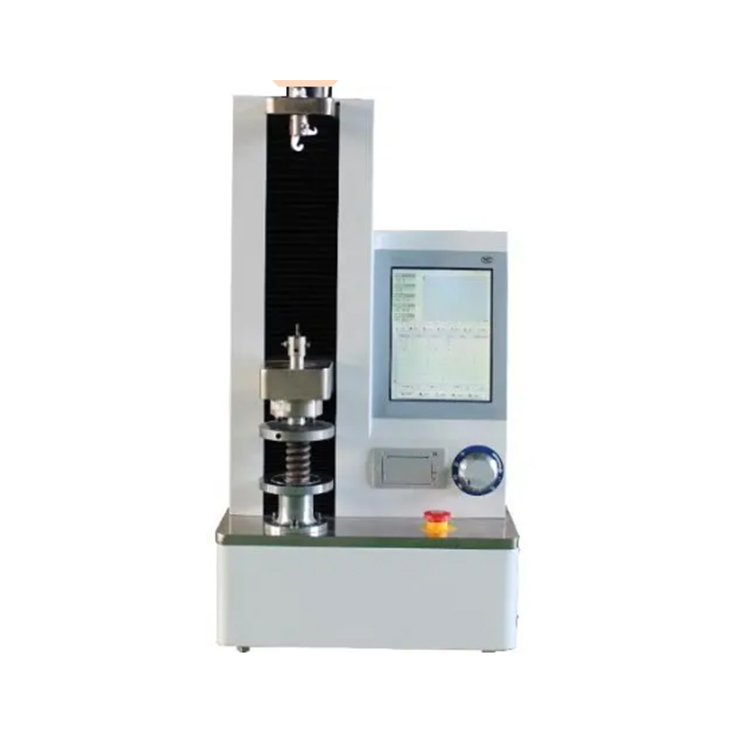Rail Systems
The rail systems industry encompasses the design, construction, operation, and maintenance of railway networks, vehicles, and supporting infrastructure that facilitate efficient passenger and freight transportation. As a cornerstone of sustainable mobility, rail systems provide a cost-effective, energy-efficient alternative to road and air transport, playing a vital role in connecting communities, supporting economic growth, and reducing carbon emissions globally.Rail systems consist of interconnected components including tracks, signaling systems, rolling stock (trains and locomotives), stations, and maintenance facilities. Track infrastructure comprises rails, sleepers, ballast, and switches that guide train movement, while signaling and communication systems ensure safe operation through traffic management and collision prevention. Rolling stock ranges from high-speed passenger trains and commuter railcars to freight locomotives and specialized cargo carriers, each designed for specific speed, capacity, and operational requirements.
The global rail market exceeds $200 billion annually, with significant regional variations in focus and development. Asia-Pacific leads in high-speed rail expansion, with China operating over 40,000 kilometers of high-speed lines—more than the rest of the world combined. Europe prioritizes intercity connectivity and urban rail networks, while North America focuses on freight rail efficiency and passenger rail modernization. Emerging markets in Africa and South America are investing in new rail infrastructure to support economic development and regional integration.
Rail systems serve dual primary functions: passenger transport and freight movement. Urban rail networks, including metros, light rail, and trams, reduce traffic congestion in cities, while intercity and high-speed rail offer fast, reliable long-distance travel. Freight rail efficiently transports bulk commodities such as coal, grain, and containers, providing a lower-carbon alternative to trucking with significantly higher payload capacities.
Technological innovation is transforming the industry, with digitalization driving improvements in operational efficiency and safety. Smart signaling systems using artificial intelligence optimize train scheduling, while IoT sensors monitor track conditions and rolling stock performance for predictive maintenance. High-speed rail technology continues to advance, with maglev (magnetic levitation) systems achieving speeds over 600 km/h in test environments. Electrification of rail networks reduces reliance on fossil fuels, while automation and driverless train technologies are being implemented in select urban systems.
Key challenges include high initial infrastructure costs, aging networks in developed regions, and coordinating interoperability across different rail systems. Sustainability remains a focus, with industry efforts centered on increasing electrification, developing hydrogen-powered locomotives, and reducing construction carbon footprints.
Despite these challenges, the rail systems industry is poised for growth, driven by urbanization, environmental concerns, and the need for integrated transport networks, reinforcing its role as a sustainable backbone of global transportation.

